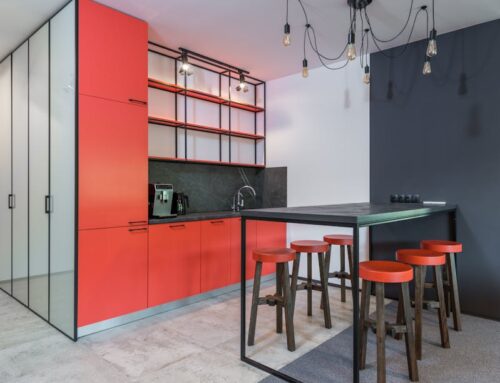Understanding the importance of choosing the right paint color
Choosing the right paint color for your living room can significantly impact the overall look and feel of the space. The color of the walls can affect the mood and ambiance of the room, as well as the perception of size and space. It’s essential to consider your desired atmosphere and style when selecting a paint color for your living room.

Assessing the existing elements in your living room
Take note of the existing furniture, decor, and flooring in your living room. Consider the colors and styles, and decide which elements you want to keep or replace. Look at the natural light in the room and how it affects the colors. Measure the dimensions of the room and note any architectural features. Understanding these existing elements will help you choose a paint color that complements your living room’s style and layout.
Choosing a color scheme that complements your style
When choosing a color scheme for your living room, it’s important to consider your personal style and preferences. Here are some tips to help you pick the right paint color:
- Consider the existing furniture and decor in your living room. Choose a color that complements the existing pieces and creates a cohesive look.
- Take into account the natural light in the room. Lighter colors can make the space feel airy and bright, while darker colors can add warmth and coziness.
- Test out paint samples on the walls to see how they look in different lighting conditions. This can help you visualize the final result before making a decision.
- Don’t be afraid to experiment with different shades and tones. Sometimes the perfect color might be unexpected, so be open to trying out different options.
- Remember that paint colors can have a big impact on the overall feel of the room, so take your time and choose a color that resonates with you.
Factors to consider for color selection
When choosing a paint color for your living room, there are a few key factors to consider. These factors include the amount of natural light in the room, the size and layout of the space, the existing furniture and decor, and the mood or atmosphere you want to create. It’s important to take into account the room’s overall style, the functionality of the room, as well as your personal preferences.
How natural and artificial lighting affects paint color
Lighting plays a crucial role in how paint colors appear in your living room.
- Natural light can bring out the true color of the paint, while artificial light can sometimes alter its appearance.
- Natural light can vary throughout the day, so it’s important to consider how the color will look in different lighting conditions.
- Artificial lighting, such as warm or cool-toned bulbs, can also impact how the paint color is perceived.
When choosing a paint color, it’s essential to test it in both natural and artificial light to ensure it looks the way you want it to throughout the day and night.
Testing paint samples on the walls
Before committing to a paint color for your living room, it’s best to test paint samples directly on the walls. This will allow you to see how the color looks in different light throughout the day. It’s recommended to test at least three different paint samples in the room you are planning to paint. Apply the samples in small sections and observe them at different times of the day to see how the natural light affects the color. This will help you choose a paint color that you’ll be happy with in the long run.
Tips for narrowing down your choices
When choosing a paint color for your living room, it’s essential to consider the size of the room, the amount of natural light it receives, and the overall ambiance you want to create. Here are some tips to help you narrow down your choices:
- Consider the Room Size: Lighter colors can make a smaller room feel more spacious, while darker colors can add warmth to a larger room.
- Assess the Natural Light: Rooms with plenty of natural light can handle both light and dark colors, while rooms with less natural light may benefit from lighter shades to prevent feeling closed in.
- Think about the Mood: Warm colors like reds, oranges, and yellows can create a cozy and inviting atmosphere, while cool colors like blues and greens can bring a sense of calm and tranquility.
By considering these factors, you can narrow down your paint color choices to find the perfect one for your living room.
Engaging with the room’s architectural features
When choosing a paint color for your living room, it’s important to consider the room’s architectural features. You can use the following tips to engage with the architectural features:
- Highlight any interesting molding or trim by using a contrasting color
- Emphasize a unique fireplace or built-in shelving with a coordinating color
- Consider using a neutral tone to complement intricate architectural details
By engaging with these features, you can create a cohesive and visually appealing living room that complements its architectural elements.
Professional advice on color selection
When choosing a paint color for your living room, it’s important to consider the advice of a professional. A professional can help you understand how different colors can create various atmospheres in your space, and offer guidance on which colors might work best with your existing furniture and decor. They can also help you avoid common mistakes, such as choosing a color that looks different in your home’s lighting compared to the store’s lighting. Overall, seeking professional advice can make the process of selecting the right paint color for your living room much easier and more effective.
Finalizing your paint color and making the decision
Once you have narrowed down your paint color choices, it’s time to make the final decision. A helpful way to approach this is to invest in small sample cans of your top choices. Apply these to the wall and observe how the colors look during different times of the day. Additionally, consider which color best complements your furniture and decor. Remember that natural light can also affect how the color appears, so it is essential to consider this when finalizing your decision.



